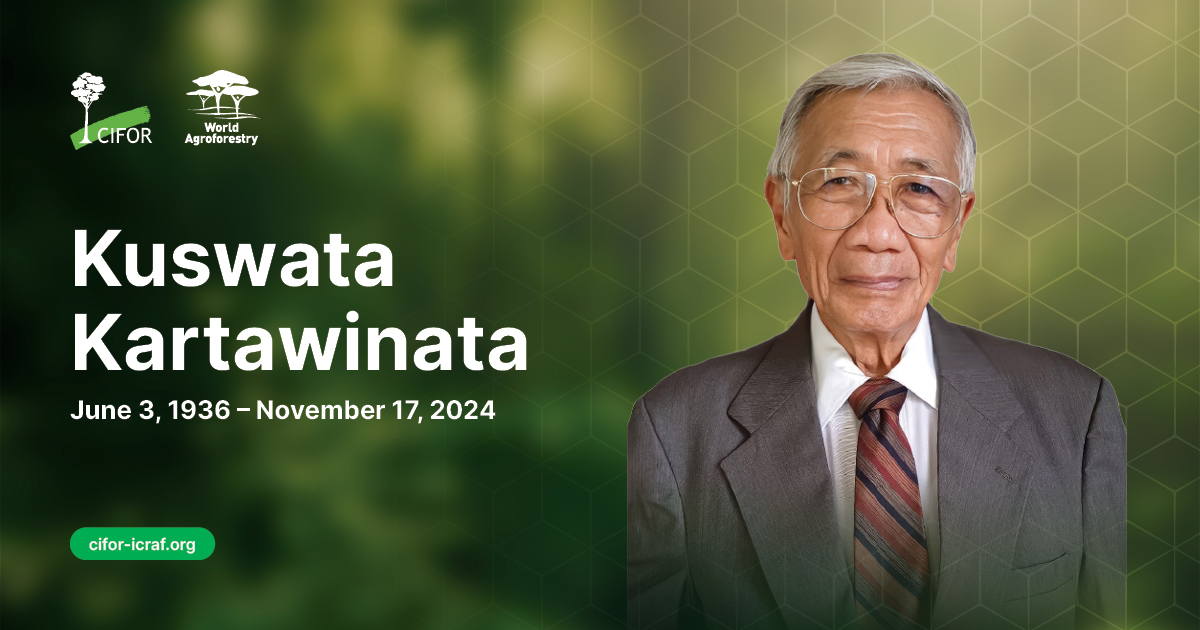To optimize sampling effort, knowledge of soil spatial variability is essential, but usually requires large and spatially detailed data sets. In this study, soils under secondary forests of four ages (1, 8, 15, 22 years) were compared within an agricultural landscape in the eastern Amazon (Igarapé Açu, eastern Pará state, Brazil). At three nested scales within each stand, topsoil samples were taken at two depths (0–10, 10–20 cm), scanned by VNIR, and analyzed chemometrically in the laboratory. Boosted regression trees (BRT) were then used to calibrate VNIR spectra to soil properties for a representative subsample. These models were moderately successful on cross-validated data (R2 0.75) for total C, total N (R2 0.74) and pH (R2 0.62), as were linear mixed models regressing measured vs. predicted (via spectra) values on secondary forest age and soil depth. Differences in measured values were greatest between soil depths and 1-yr vs. older stands. Differences by stand age in pH, but not C and N were captured by regression models of predicted data. However, predicted values reflected with moderate accuracy the scale (samples within subplots, subplots within plots, plots within treatments) of measured variability in soil C, N, and pH. While there was little measured variability among samples within subplots, variability was highest at the plot scale for the 0–10 cm depth, and similar at the subplot and plot scale for the 10–20 cm depth. These results indicate that soil reflectance measures can be a useful tool for developing efficientsoil sampling designs.
DOI:
https://doi.org/10.1016/j.geodrs.2017.09.003
Skor altmetrik:
Jumlah Kutipan Dimensi:

















